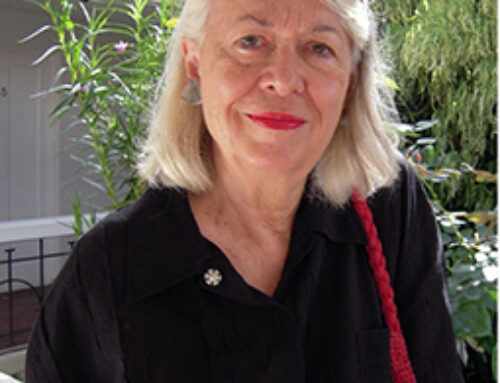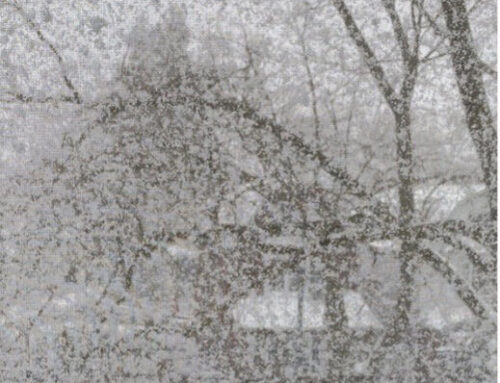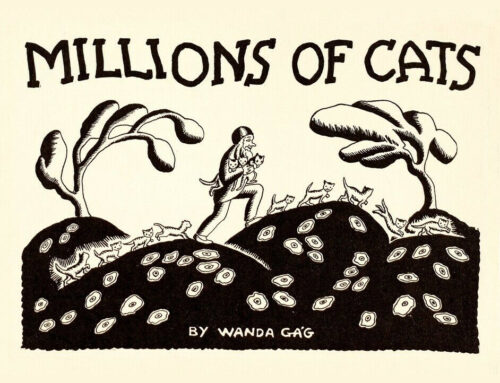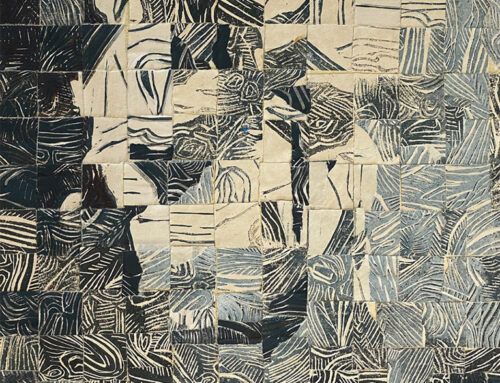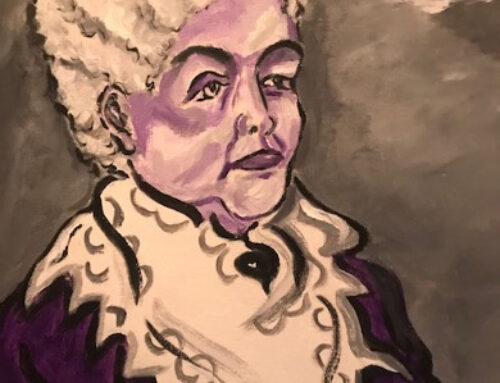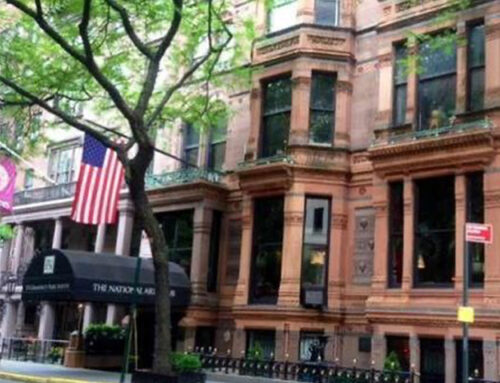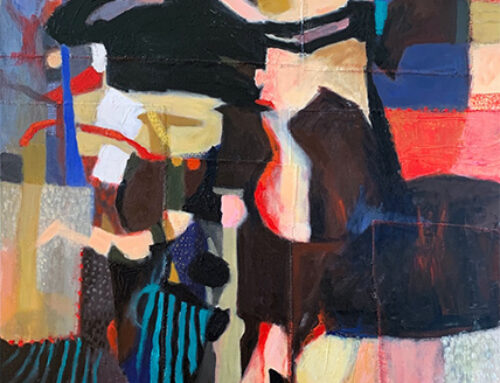
The Last Painting of Sara de Vos
By Dominic Smith
Sometimes the past enlightens us. Sometimes the past entraps us. In The Last Painting of Sara de Vos, the key protagonists are caught up in an artistic dance that enlightens and entraps them throughout their respective lives. What’s at stake is their integrity, their moral compass, their obsessions and ultimately their redemptions, each to the other.
Eleanor Shipley (aka Ellie) is an Australian grad student living in Brooklyn, New York during the 1950’s. She succumbs to creating a forgery of a painting, ‘At the Edge of a Wood’, by a Dutch, 17th century, female artist, Sara de Vos. Pigeon-holed as a still-life artist by the male-dominated Guild of St. Luke, de Vos creates the above-mentioned painting after the loss of her only child. A wealthy Dutch merchant discovers and purchases it smitten by the emotions it evokes.
“A scene so ethereal…The boy waving from the ice with the dog at his heels, his scarf nothing more than a yellow crinkle, a shaving of lemon rind. The barefoot girl with her pale hand against the birch, leaning toward the skaters…It is about the moment before nightfall, about waiting to cross over.”
Generations of the family have owned it and ultimately 300 years later, it is in the possession of family member, Marty de Groot. Stolen from his NYC penthouse and replaced with Shipley’s forgery, de Groot embarks upon a journey to find the original. The dance begins!
Shipley ends up in Sydney, Australia in 2000, a renowned art historian and curator of 17th century, Dutch female artists. As she prepares for an exhibition, Female Painters of the Dutch Golden Age, de Groot arrives from America with his reclaimed ‘At the ‘Edge of a Wood’ painting. He is seeking to redeem a past that has tormented him as the forgery has tormented Shipley. With both the forgery and the original now exposed, Shipley’s reputation and career are threatened. The resolution involves not just rescued egos, but the unveiling of other de Vos paintings that expand the scope of de Vos scholarship in the art world.
Dominic Smith, the author, acknowledges that The Last Painting of Sara de Vos surpasses his other novels in its outreach to experts. Smith collaborated with Stephen Gritt, head of conservation at the National Gallery of Canada who educated the author about lead-tin yellow. Lead-tin yellow was the main bright yellow used in the 17th century falling out of favor by 1740. Synthetic yellows emerged in the 19th century. Lead-tin yellow was difficult to make and highly poisonous, but imbued the surface with a spectacular brightness unachievable with synthetic pigments. Regarding the skater’s scarf, the original ‘At the Edge of a Wood’ possessed this illumination; the forgery did not.
I highly recommend The Last Painting of Sara de Vos for its intricate plot and adherence to many art-related topics – conservation, art history, art collectors and curatorial challenges. Add to this the human qualities around invincibility, regret, shame and redemption. These relatable emotions are further reasons for reading or rereading this literary classic.



